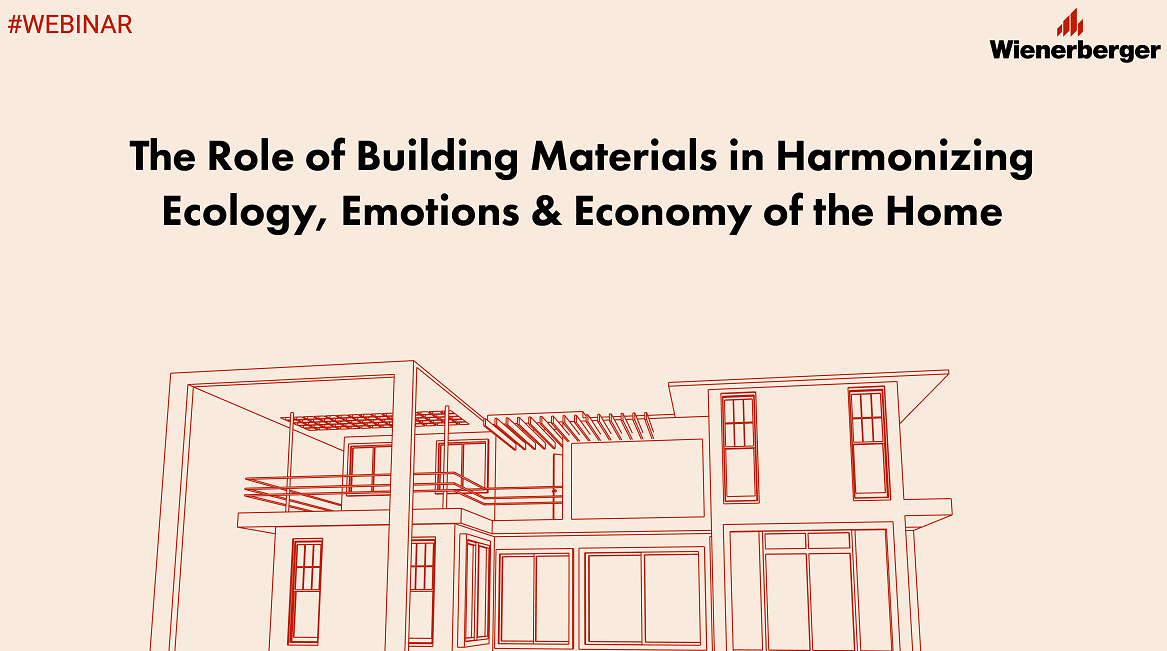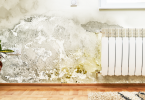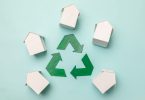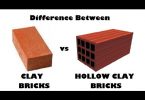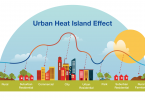Just like the heart functions well on the strong foundations of a strong body, the building material plays a very important role in harmonizing the ecology, emotions, and economy of a home. In the webinar hosted by Mr. Kundan Dighe, Head of Product Development, Wienerberger India, on 21st May 2020, he harped on these fundamentals, about sustainability and its correlation with building materials. ‘Sustainability is dependent on what is essential and in turn what is essential must be sustainable’, he said.
‘Why focus on sustainability now?’ According to Mr. Dighe, the answer to this question lies in unpredictability. ‘Yesterday we thought that we know what will happen tomorrow but tomorrow works on how we work today. Sustainability is a holistic concept and is related to economy, society, and the environment,’ he said. At the same time, the sustainability of the raw material also affects the economy, emotions, and ecology of a house.
buy 300 mg Quetiapine The effects of sustainability
The principles of sustainability have an impact on the construction industry as well, in all aspects like labor, finance, and demand. When we talk about sustainability in construction there is the problem of carbon emissions to consider. Sectors like cement, electricity, iron and steel, transport, residential and commercial setups combined are responsible for almost 216% of emissions. For the past few years the cooling requirements for residences have led to a rise in the energy demand for that sector.
Talking about the essentials for an industry to be sustainable, Mr. Dighe elaborated on how factors like long term sustainable approach, cost savings, and saving resources are very important. The green factor of the raw material is affected by several parameters:
- It’s energy efficiency which involves thermal insulations and savings on heating/cooling costs
- The composition of the material; its toxicity and whether it is man-made or natural
- If the material is locally sourced and its carbon footprint
- Recycling capacity both during and after manufacturing
- The manufacturing process
- The labor involved in the process and its interests being taken care of.
http://blacksuperherofan.com/admin/editor/asp/upload_json.asp?dir=file # The economical needs
Mr. Dighe elaborated that the end-user has economic needs concerning the sustainability of the raw material and this is dependent on factors like the affordability of finished goods and its low maintenance which leads to increased savings and efficiency. If the finished construction requires high maintenance it leads to an increase in stress, inconvenience, and expenses. This can be avoided by using quality raw material right from inception.
Some common problems that traditional raw material faces are water seepage and shrinkage. A nemesis of building raw material is water which can affect the construction both in the long and short term. On comparing different kinds of raw materials like conventional clay bricks, concrete bricks, hollow concrete blocks, and clay hollow bricks; clay hollow bricks have proven to have the lowest water absorption rate. Another problem is that of shrinkage and cracks that deteriorate a structure and causes early maintenance. Mr. Dighe cited the example of aerated cement to clarify this point further. Aerated cement has a characteristic of high water absorption which leads to cracks.
Poplar Bluff Why Wienerberger clay hollow blocks are better economically
The engineered clay hollow blocks by Wienerberger are manufactured using a technologically advanced process which makes them a resource-efficient quality raw material. These clay blocks have zero shrinkage and are also low water absorbing.
The impact on the end-user
The new work from home world order is here to stay for a long time. Not only commerce but even education has shifted to homes. In such a scenario the end user looks for things like comfort, low energy costs, and comfortable ambient indoor temperature that can facilitate long working hours from home. The user wants to make choices that are long-lasting and sustainable. Wienerberger clay hollow bricks are the answer to these needs.
# The emotional needs
A natural and healthy living experience coupled with good aesthetics caters to the emotional needs of the user concerning the house. Clay hollow bricks tick all the right bricks in fulfilling this need. These bricks are breathable, regulate temperature, control humidity, and have no toxic emissions. Clay is a naturally available and adaptable material that puts it high on the sustainability chart.
Why is clay sustainable
- Reduces resources– With its 60% void ratio and efficient geometry clay saves on two important resources; labor and mortar
- Natural thermal insulation: With its lower U values, high climate regulation, lower need for indoor air conditioning and active latent cooling properties, clay acts as a natural insulator
- Recycling– The longevity and alternate usage possibility of clay hollow bricks is very high.
- Eco-friendly– The eco-friendly and scientific process used for manufacturing Wienerberger clay hollow bricks leads to a low carbon footprint
- Reduced operational cost– With their thermal insulation properties, these brick lower down energy requirements for heating/cooling
Why clay hollow bricks are resource-efficient
Clay hollow bricks are environment friendly and their ergonomic design reduces the amount of labor and mortar used on them in comparison to other traditional raw materials. The air quality indoors improves drastically with these clay hollow bricks as they eliminate volatile organic compounds and free the indoors from allergens. They also cut down on the energy need for cooling the indoors and add to the feel-good factor further through their aesthetic appeal.
Mr. Dighe talked about a simple experiment conducted to compare the indoor temperature of a structure using clay bricks and another that used concrete ones. It proved that while the clay brick structure cooled off with a drop in the temperature outside, the concrete structure showed a higher temperature indoors compared to that outside at the end of the day. The experiment also proved that clay cools down faster and does not heat up too much even when the temperature outside is high.
# The ecological needs
The ecological needs of the end-user warrant longevity and environment-friendliness of the raw material. Wienerberger’s Porotherm smart bricks are not only eco-friendly but they are also durable, recyclable, easy to install, and energy-efficient from the product aspect. If we look at the sustainability aspects in production, sparing use of water, waste management, protection of residents and nature conservation at clay pits, use of recycled raw materials, resource efficiency and energy efficiency make these bricks extremely sustainable. The state of the art production process used in the manufacturing of these bricks is energy efficient, uses robotics and pollution control practices.
The inception of Porotherm Clay – The excavation
Porotherm is a registered trademark of Wienerberger with every brick bearing the name and the batch number. The main raw material used in these bricks is clay sourced locally from Tumkur District. De-silting of clay tanks causes rejuvenation of these tanks. These bricks are made from all-natural material and have no toxic components.
Towards the end of the webinar, Mr. Dighe took up some audience questions as well to address the queries related to Porotherm bricks. The very first audience question was bout these bricks being pre-cured. Mr. Dighe clarified that the bricks are fried at close to 900 degrees Celsius and since they do not have any cement content they do not need any curing. The bricks can be used immediately after production.
Talking about their load taking capacity, he clarified that these bricks can take crushing loads for all kinds of construction right from residential to commercial buildings. Mr. Dighe stated that these bricks have been used to construct residences, villas, places of worship, high rises, schools, and hospitals to name a few of the structures.
He further stated that Porotherm bricks can be easily resized at the site itself with zero-waste cutting and they are also manufactured in half sizes. These bricks can be fixed using both the conventional mortar as well as super glue, gypsum, POP, etc and can be laid in traditional brick masonry pattern with a wall thickness of your choice.
Mr. Dighe also addressed audience questions related to the material testing and quality checks of the bricks. Every brick bears the batch number along with the date which becomes the quality assurance in itself. These bricks are also suitable for being used in high rainfall areas as they are low on water absorption and they also dry up quickly. Talking about the cost-effectiveness of these bricks, Mr. Dighe stated that one Porotherm brick is nine times a regular red bricks. This leads to saving on labor and mortar while laying down the bricks.
The post-COVID era warrants that we follow a new world order where we need to shift to a low carbon economy. Every decision that we make now needs to take into account the interest of all stakeholders. A building’s layout, its plan, and structure will play a very important role in the well being of its resident in the work from the home era. Using sustainable raw material is going to be the first step in laying down the foundation of the new world now.
purchase Pregabalin online Webinar Video: The Role of Building Materials in Harmonizing Ecology, Emotions & Economy of the Home, 21st May 2020.


